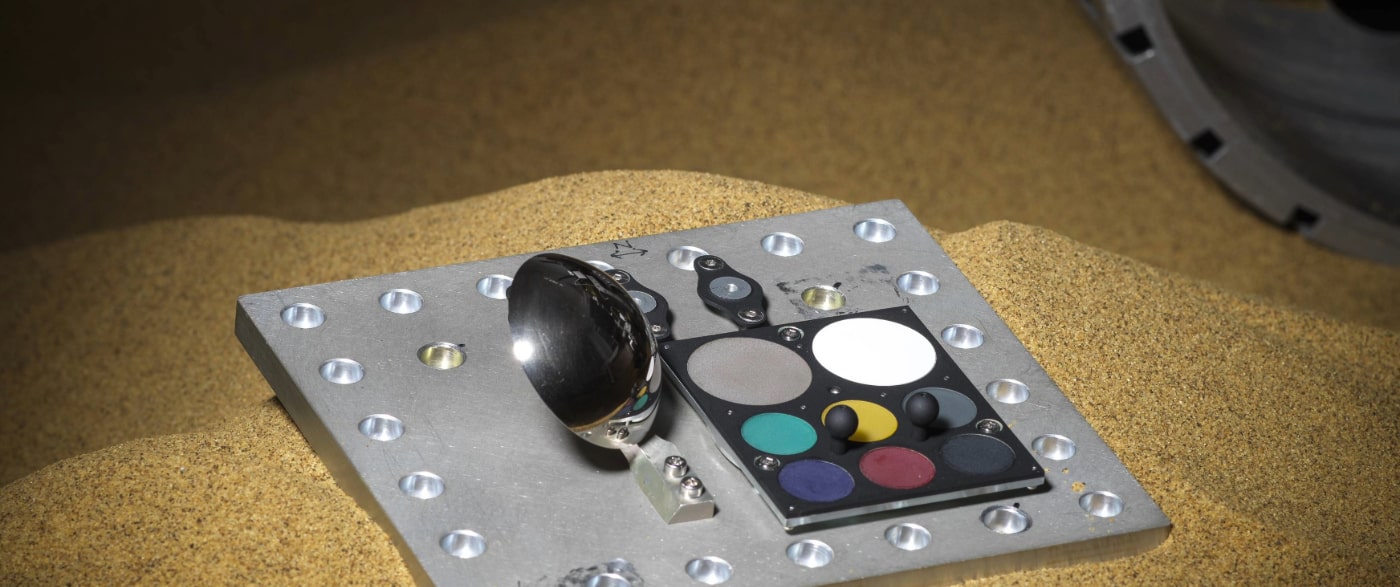ExoMars Mission: Searching for Life on the Red Planet

Researcher
Dr Matt Gunn
The Overview
The Department of Physics at Aberystwyth University (AU) is involved in the ESA ExoMars rover mission, where Dr Matt Gunn is responsible for the radiometric and colorimetric calibration, and image processing for the primary remote-sensing science camera system during mission operations. An emulator for the camera system was developed, which has provided the data for industry partners to develop and validate operational procedures and data processing software systems. Social, cultural and creative impacts have also emerged from the research, which will ultimately provide a foundation for answering the question of whether there is life beyond Earth.
The Research
The Department of Physics (in collaboration with the Department of Computer Science) at Aberystwyth University have contributed to the objectives of the mission through involvement with three of the key remote sensing instruments; PanCam, ISEM and CLUPI. These instruments will be used to identify the best locations to use the limited resources of the life detection instruments on board the rover. The success of the mission is dependent on the accuracy of their results.
Aberystwyth University is recognised as a centre of excellence in radiometry and calibration, instrument development, computer science and robotics.
The Impact
Impact on the ExoMars Missions and the Search for Life on Mars
Impact on Commerce and Industry
Impact on Society

Get in touch
As a University, we’re always keen to share our knowledge and expertise more widely for the benefit of society. If you’d like to find out more or explore how you can collaborate with our researchers, get in touch with our dedicated team of staff in the Department of Research, Business and Innovation. We’d love to hear from you. Just drop an e-mail to:
Research Impact Case Studies | Research Theme: Technology
